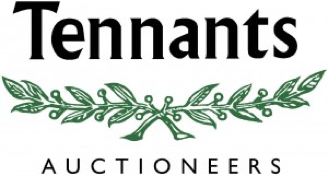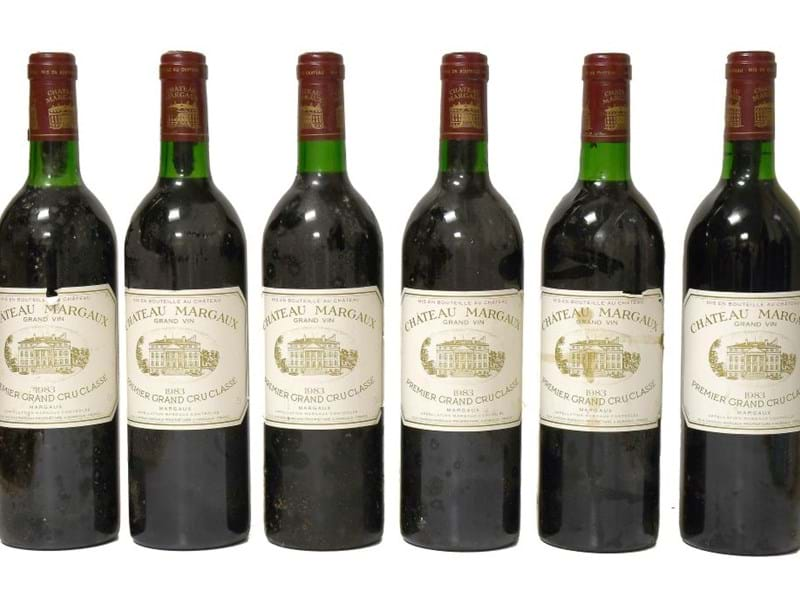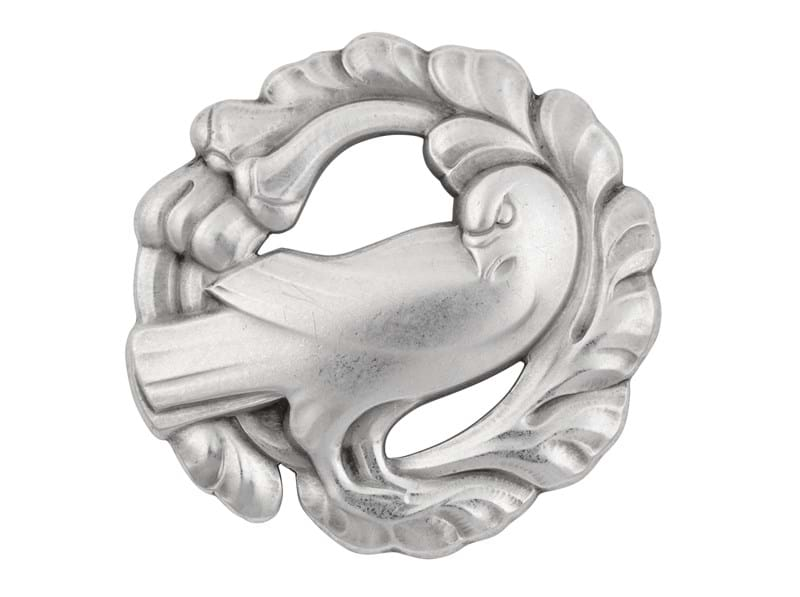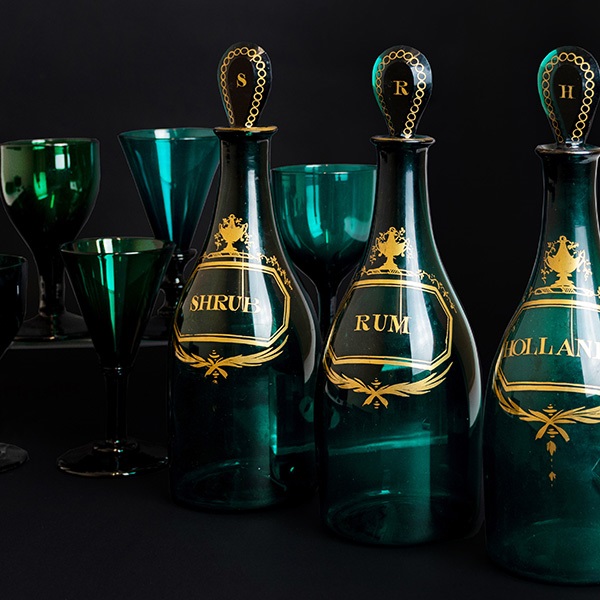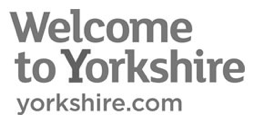Sir Alfred Munnings is rightly celebrated as the master of equine art; his lifelong affinity with the horse is reflected in his insightful and vital equine portraits that capture the grace and power of the animals. This Summer “Lord Astor on Shooting Stick with Horses” will be sold in Tennants Auctioneers' British, European and Sporting Art Sale on 13th July with an estimate of £80,000-100,000 (plus buyer's premium).
The painting is a sketch for “A Summer Evening at Cliveden, Waldorf Astor, Second Viscount Astor (1879-1952), seated”, which is held in the Cliveden Estate Collection in Buckinghamshire, now managed by the National Trust. William Waldorf, 2nd Viscount Astor, was one of the greatest owner/breeders of his day, and greatly admired by Munnings. Viscount Astor won eleven classic races between 1911 and 1945, was the leading owner in 1925 and 1936, and commissioned Munnings to paint several of his best horses in the paddocks at Cliveden or at Newmarket. The pair felt a deep kinship, both being at their happiest surrounded by horses. In the present sketch, Astor and his trainer Mr William Guy inspect a parade of mares and foals being led past on a gloriously sunlit evening at Cliveden, the pairs of horses being from left to right: Light Sentence and Probation, Flash Point and On Fire, Quick Rise and Niblick, Point Duty and Road Patrol, and Instantaneous and Hasty Shot.
Munnings grew up in the deeply rural Waveney Valley in Suffolk, where his parents operated a mill. His childhood was spent sketching the working horses around the mill, and at the age of 14 he left school to take up an apprenticeship with a printers in Norwich whilst taking evening classes at Norwich School of Art. Going on to set up his own studio, in 1899 he exhibited two paintings in the Royal Academy despite losing the sight in one eye in an accident the previous year.
In 1911, having become established as an artist painting deeply rural landscapes, sketching gypsies, working horses and the local society, he moved to Lamorna, Cornwall and painted with the likes of Laura Knight and Stanhope Forbes in the Newlyn School of artists. After a disastrous first marriage, he tried to enlist on the outbreak of the First World War but was turned down due to the loss of sight in his right eye. However, he took up a desk job processing Canadian cavalry horses on their way to France, before later moving to a cavalry depot on the Western Front where he also served as a war artist for the Canadian Cavalry Brigade.
After the War, a successful London exhibition enabled Munnings to buy Castle House, Dedham, which is the home of the Munnings Museum today. In 1920 he married his second wife, Violet, who had numerous society contacts and would manage his commissions. Attracting numerous aristocratic and royal patrons on both sides of the Atlantic, he was kept frantically busy working for the likes of the Rothschilds, the Astors and the Dukes of Marlborough and Westminster, whilst all the time longing for a quiet life in the country, pottering and painting rural scenes.
In 1944 he was elected President of the Royal Academy and received a Knighthood. However, it was not without controversy; he was vociferous in his loathing of Modernism, considering it the death of true art. One Munnings scholar has suggested that he associated Modernism with the increasing mechanisation of the countryside and the loss of the way of life and the working horses he so adored.
View Sale Details
